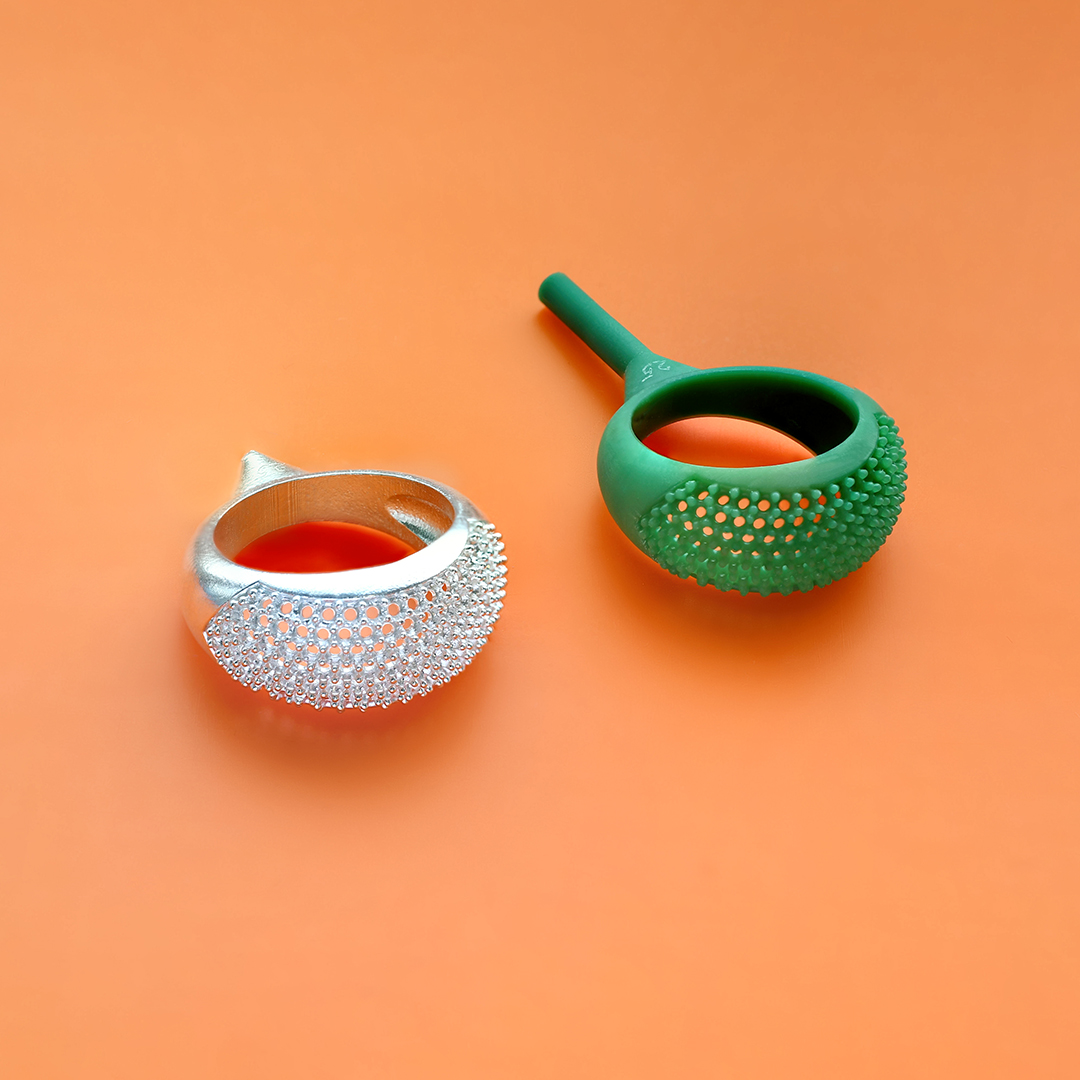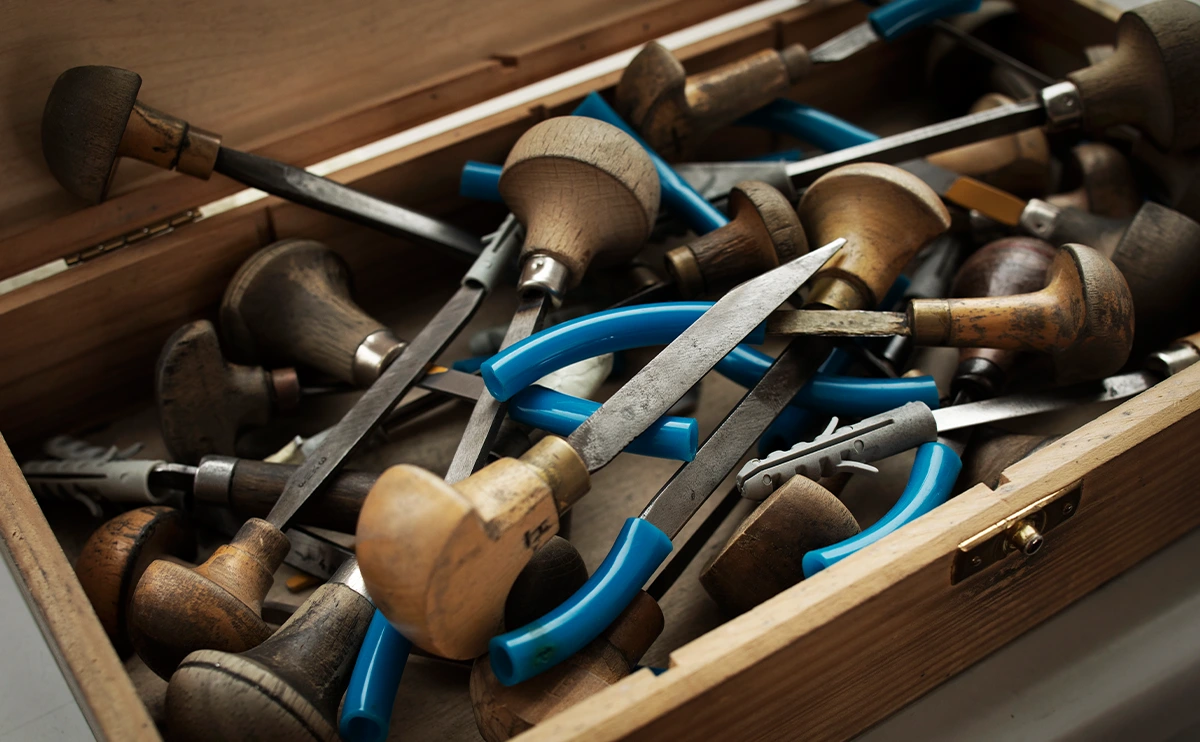
Blog
3D Printing Materials for Goldsmiths

3D printing is no longer a new and modern niche field; it is increasingly becoming a common practice in the jewellery world. This opens up many new opportunities for goldsmiths and jewellery designers. With this technology, you can create intricate jewellery and entire collections more easily, quickly, and at lower costs than with traditional methods.
After purchasing a 3D printer, we are often asked about suitable 3D printing materials. Here are some that are suitable for the jewellery industry.
Castable Materials
3D printing enables goldsmiths to create detailed wax models much faster and more easily than before. After 3D printing a wax model, traditional lost-wax casting, also known as investment casting, can be used. This process begins with the creation of a wax model, which is then coated with a heat-resistant material, such as plaster. After the wax is burned out, a hollow mould is left, into which molten metal is poured. The end result is a precisely moulded, detailed piece of jewellery.
There are several castable resins available, but one of the favourites among our clients is Phrozen Castable Resin W20 Green. This resin is particularly well-suited for fine and delicate elements such as prongs, settings, fine lines, and engraved or raised text. For extremely fine details, Phrozen Resin Castable – Jewelry Violet is even more suitable. For larger items such as school rings, bracelets, seals, and similar, Phrozen Castable Resin W40 Orange is an excellent choice.
Phrozen resins ensure ash-free burnout, resulting in high-quality casting.
If you wish to start your 3D printing journey, we are happy to advise you.
View all 3D printing resins HERE





